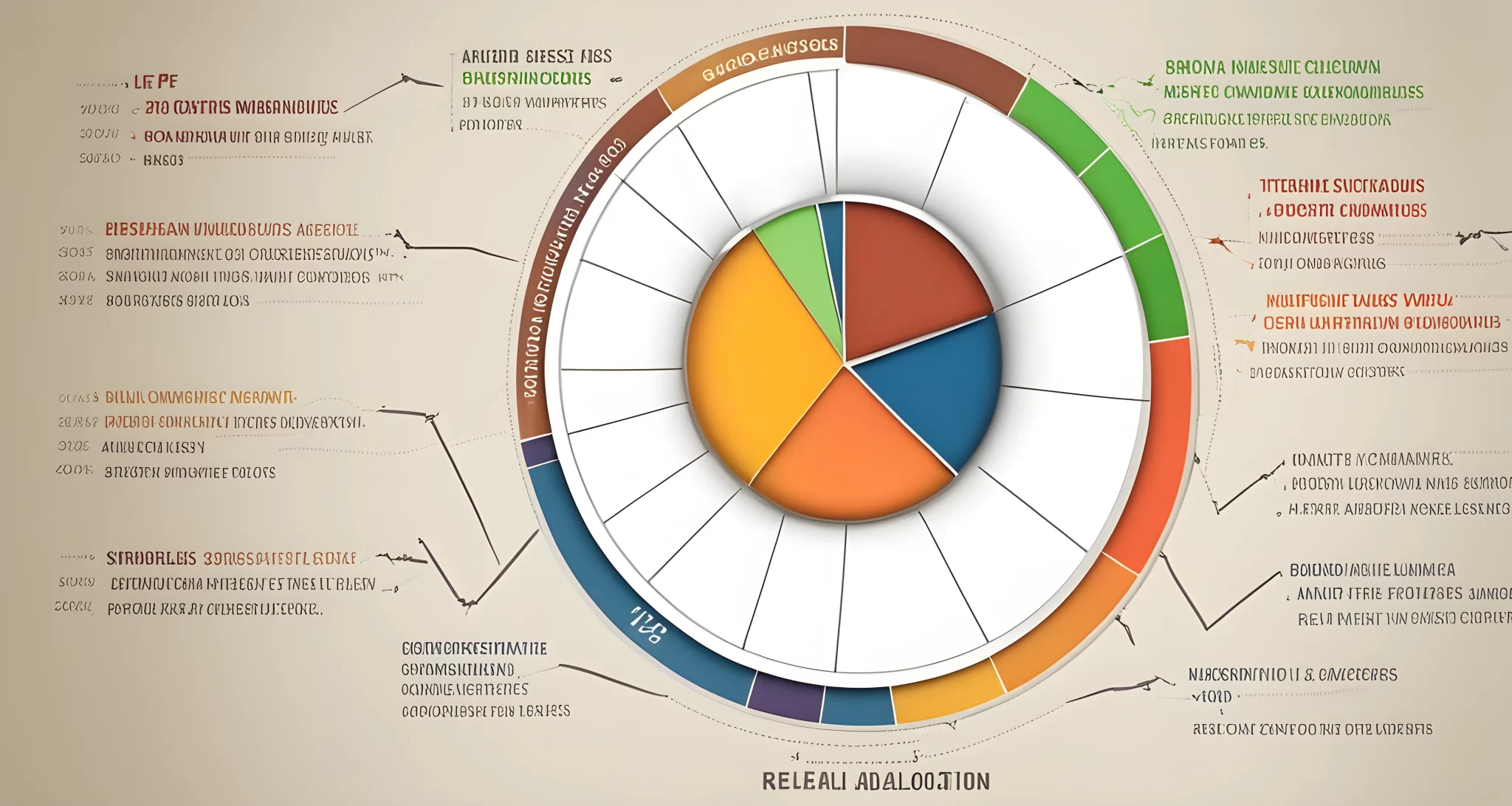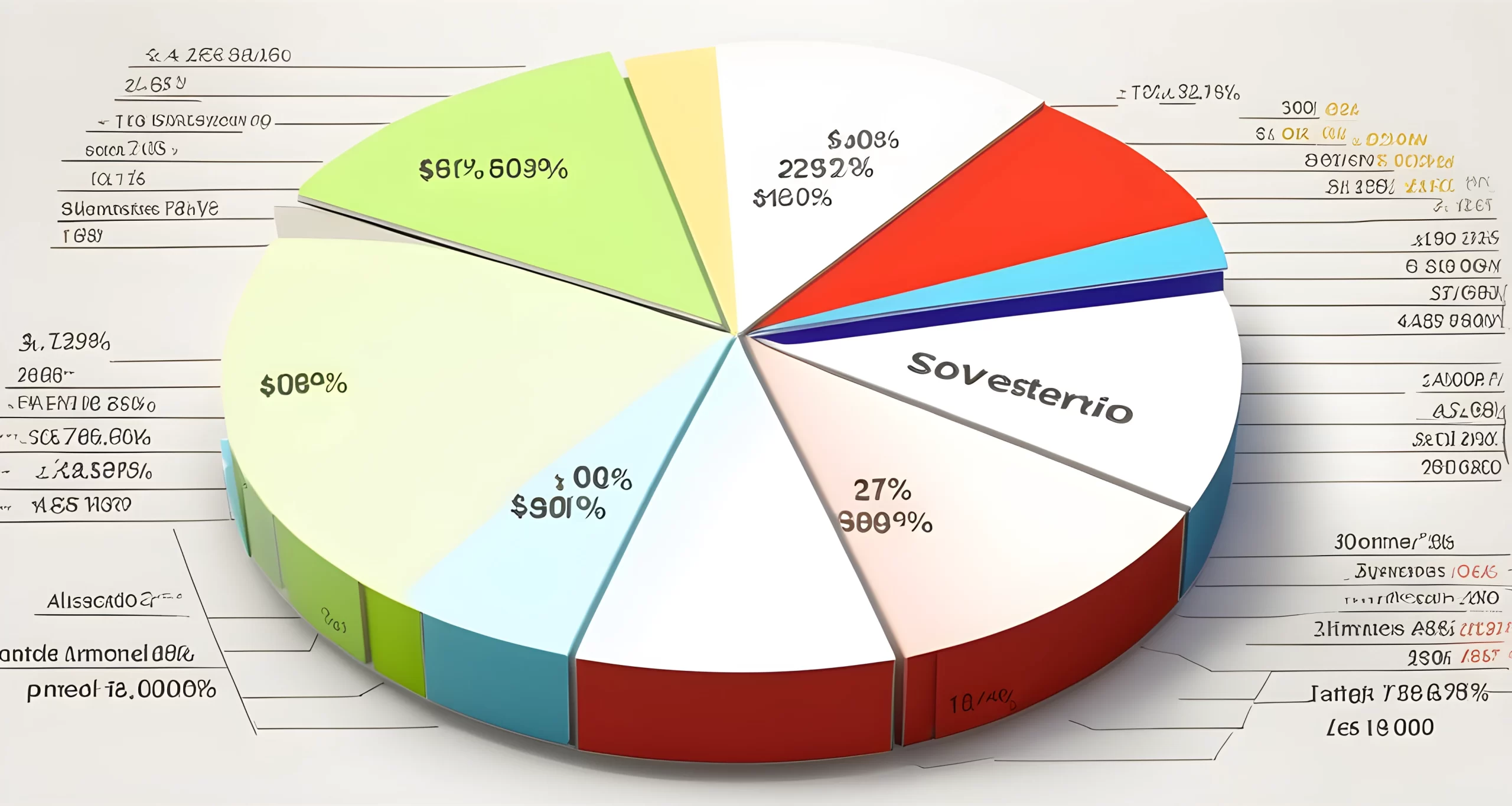Understanding the Risk-Return Tradeoff Principle
The Risk-Return Tradeoff Principle is a fundamental concept in the world of investment. It is crucial for investors to understand this principle as it plays a significant role in making informed decisions about where to allocate their funds. Essentially, this principle highlights the relationship between the level of risk associated with an investment and the potential return that could be gained from it.
Relationship Between Risk and Return
The principle states that as the level of risk increases, so does the potential return on an investment. This means that higher risk investments have the potential for higher returns, while lower risk investments typically offer lower returns. It’s important for investors to assess this tradeoff when making investment decisions, as it allows them to weigh the potential return against the level of risk involved.
Importance for Investors
Understanding the Risk-Return Tradeoff Principle is crucial for investors, as it enables them to make informed decisions about where to allocate their funds. By recognizing that higher levels of risk are associated with potentially higher returns, investors can assess their risk tolerance and make investment choices that align with their financial goals.
Balancing Risk and Return
Investors can use this principle to strike a balance between risk and return in their portfolio. By diversifying their investments across different asset classes and industries, they can manage risk while still aiming for potential returns. Diversification helps spread risk across a range of investments, reducing the impact of any single investment performing poorly.
Managing Risk Effectively
Ultimately, by understanding the Risk-Return Tradeoff Principle, investors can effectively manage risk in their portfolios. They can make strategic decisions about portfolio allocation and diversification to achieve a balance between risk and potential return. For more information on managing portfolio risk effectively, you can refer to our article on Portfolio risk management.
In conclusion, grasping the Risk-Return Tradeoff Principle is key for investors to navigate their portfolios effectively. It allows them to assess the tradeoff between risk and potential return and make informed decisions that align with their financial objectives.

Balancing Risk and Return through Diversification
When it comes to investing, the principle of balancing risk and return is crucial for achieving long-term financial success. One effective way to achieve this balance is through diversification. Diversifying a portfolio involves investing in a range of assets with varying risk levels to offset potential losses from riskier investments and provide a more balanced return overall.
Utilizing Diversification for Risk Management
Diversification allows investors to spread their risk across different types of assets, such as stocks, bonds, real estate, and commodities. By doing so, they can manage their risk exposure while still aiming for positive returns. For example, while some assets may offer high potential returns, they also come with higher levels of risk. On the other hand, more stable or conservative assets may offer lower potential returns but can help to mitigate overall portfolio risk.
The Importance of Diversifying Your Portfolio
Diversification is an essential strategy for managing investment risk and maximizing returns. By investing in a mix of assets with varying risk levels, investors can balance the potential for high returns with the need to protect their capital from significant losses. This approach also allows investors to take advantage of different market conditions and economic cycles, as some assets may perform better in certain environments than others.
Maximizing Your Investment Returns
To understand the full potential of diversification in balancing risk and return, it’s important to have a clear understanding of how different assets behave within a portfolio. By diversifying effectively, investors can achieve a more stable and consistent return on their investments over time. To learn more about maximizing your investment returns through diversification, check out our article on Boost Investment Income.
In conclusion, diversification is a powerful tool for investors seeking to balance risk and return in their portfolios. By spreading investments across a variety of assets, investors can effectively manage their risk exposure while still aiming for positive returns.

Importance of Understanding Return in Investment
Return is a crucial concept for investors to grasp, as it is the primary measure of investment success. By understanding return, investors can assess the performance of their investments and make informed decisions for the future.
Total Return
Long-term investors are particularly interested in total return, which takes into account both the increase or decrease in value and any income received from the investment. This comprehensive measure provides a more accurate reflection of an investment’s performance over time. Understanding total return allows investors to gauge how well their investments are performing and whether they are meeting their financial goals.
Evaluating Performance
By calculating return, investors can evaluate the success of their investments. They can determine whether their portfolio is generating the desired level of return and adjust their investment strategy accordingly. This understanding also enables investors to compare the performance of different investments and make decisions about reallocating their assets.
Informed Decision Making
Understanding return empowers investors to make informed decisions about their portfolio. They can assess whether their investments are providing the desired level of return and make adjustments as necessary. Additionally, by comparing the returns of different investments, investors can identify opportunities to maximize returns within their portfolio.
Maximizing Returns
To maximize returns in a portfolio, it is essential for investors to have a thorough understanding of return. By evaluating the performance of their investments and making informed decisions, investors can work towards optimizing the returns generated by their portfolio. For more information on maximizing investment returns in your portfolio, click here.
In conclusion, understanding return is vital for assessing the success of investments and making informed decisions about portfolio management. Total return provides a comprehensive measure of an investment’s performance, allowing investors to evaluate how well their portfolio is performing over time. By calculating and comparing returns, investors can make adjustments to maximize the returns generated by their portfolio.

Managing Risk through Portfolio Allocation and Diversification
Managing risk through portfolio allocation and diversification is essential for investors. By spreading assets among a variety of investments, investors can mitigate the potential impact of any single investment’s performance. They can also consider the potential risks associated with each investment, allowing for a more well-rounded approach to managing risk and maximizing return potential.
Benefits of Portfolio Diversification
Diversification allows investors to spread their investments across different asset classes, such as stocks, bonds, and commodities. This helps to reduce the overall risk in the portfolio, as the performance of one asset class may offset the performance of another. Additionally, diversification can also help to minimize the impact of market volatility on the overall portfolio.
Understanding Risk-Return Tradeoff
Investors need to understand the risk-return tradeoff principle when managing their portfolios. By diversifying their investments, they can balance risk and return more effectively. Diversification helps to achieve a better risk-return tradeoff by spreading investments across different assets with varying levels of risk and potential return.
Importance of Asset Allocation
Asset allocation is another crucial aspect of managing risk through portfolio allocation. Investors need to determine how much of their portfolio should be allocated to different asset classes based on their risk tolerance and investment goals. By allocating assets strategically, investors can further reduce the overall risk in their portfolios.
Common Risks Faced by Investors
When considering portfolio allocation and diversification, it’s important for investors to understand the common risks they may face. These risks include market risk, interest rate risk, credit risk, and liquidity risk. By diversifying across different asset classes, investors can mitigate these risks and potentially enhance their overall portfolio performance.
In conclusion, managing risk through portfolio allocation and diversification is essential for investors looking to navigate the complexities of the market. By understanding the importance of diversification, asset allocation, and the risk-return tradeoff principle, investors can build a more resilient and balanced investment portfolio.
For more information on effectively navigating market risks in a volatile market, check out Effectively navigating market risk.

Common Risk Faced by Investors
One common risk faced by investors is not taking enough risk, potentially resulting in low returns that do not outpace inflation. By being overly cautious and avoiding risk, investors may miss out on opportunities for higher returns. It’s important for investors to find a balance between risk and return that aligns with their risk tolerance and investment goals, while also considering the potential impact of inflation on their investment returns.
In order to navigate this risk, it’s crucial for investors to understand the concept of the risk-return tradeoff principle. This principle highlights the relationship between the level of risk assumed and the potential for return on an investment. By diversifying their portfolio across different asset classes such as stocks, bonds, real estate, and commodities, investors can mitigate the risk of low returns while still seeking opportunities for growth Return enhancement through risk.
Furthermore, managing risk through portfolio allocation and diversification can also help investors strike a balance between risk and return. By spreading investments across different asset classes and industries, investors can reduce the impact of market volatility on their overall portfolio. This approach allows for potential upside opportunities while minimizing the downside risks associated with any single asset or industry.
Another important consideration for investors is understanding the impact of inflation on their investment returns. Inflation erodes the purchasing power of money over time, meaning that if investment returns do not outpace inflation, the investor’s actual wealth may decrease in real terms. Therefore, it is essential for investors to seek investments that have the potential to generate returns that exceed the rate of inflation.
By being aware of these common risks and implementing strategies to navigate them, investors can effectively balance risk and return in their portfolios while maximizing their long-term wealth accumulation potential.
FAQ
What is the risk-return tradeoff principle?
The risk-return tradeoff principle states that the potential return rises with an increase in risk. investments with higher risk have the potential for higher returns, while those with lower risk typically have lower returns.
How can i balance risk and return in my portfolio?
You can balance risk and return by diversifying your portfolio with a range of assets with varying risk levels. this approach can help offset potential losses from riskier investments and provide a more balanced return on your overall portfolio.
How do i calculate return on my investments?
Return is the measure of investment gain or loss and can be calculated by subtracting the initial investment from the current value of the investment. long-term investors are interested in total return, which includes both the increase or decrease in value and any income received from the investment.
What is the common risk that investors face?
One common risk that investors face is not taking enough risk, which can result in low returns that do not outpace inflation.
